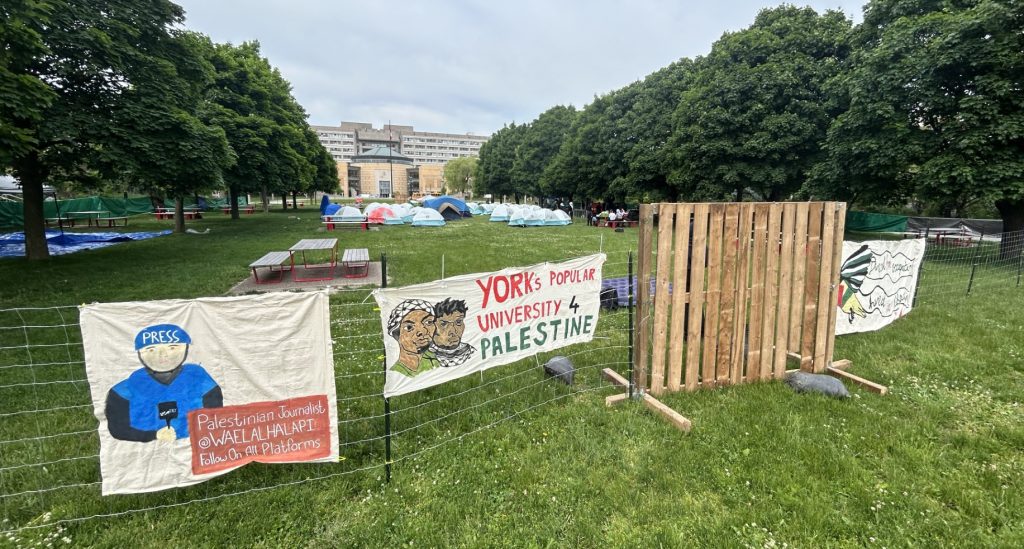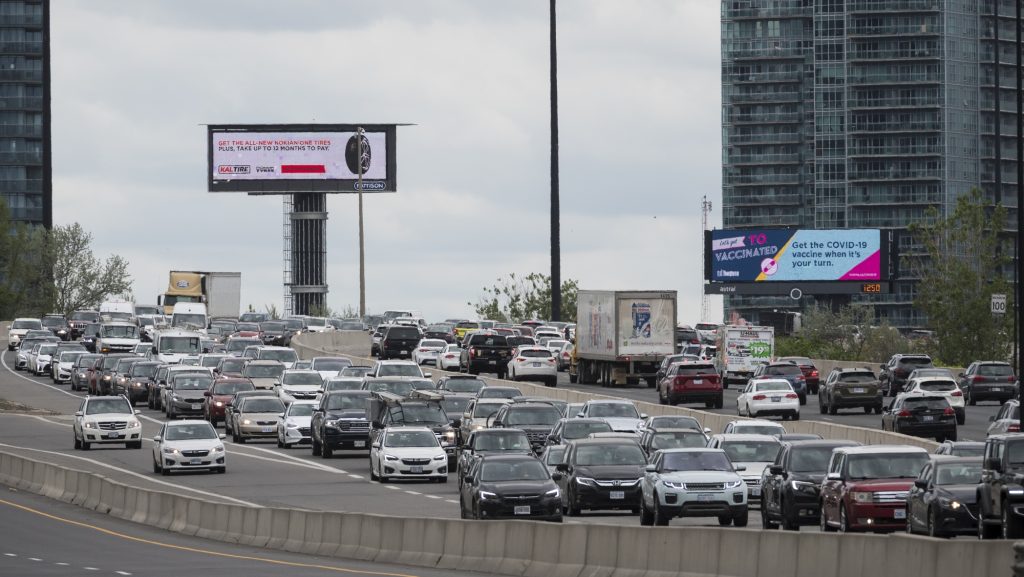Historic Indigenous village to be commemorated in Mississauga
Posted February 24, 2022 4:52 pm.
Last Updated February 24, 2022 6:16 pm.
The City of Mississauga has decided to commemorate an Indigenous village from 700 to 800 years ago where a subdivision now stands.
The community was built 30 years ago around the Grand Highland Golf Course in North Mississauga. Before the homes were built, an excavation took place, and more than 41,000 artifacts were found over the two acres now known as the Antrex Indigenous Village.
“It had everything that you would expect in any modern community. It had wastewater systems,” said John Dunlop, Manager, Heritage Planning and Indigenous Relations, City of Mississauga.
Pieces of ceramic pots, pipe fragments, projectiles, tools, and bones were discovered in the area where they’ve determined the number of structures once stood, housing as many as 400 to 500 people.
“They found what was called settlement patterns,” said Dunlop. “Literally stains in the ground which showed where the longhouses were, where these people lived, where they let their fires, where they walked, where they danced, where they laughed and where they loved.”
Just a few decades ago, the common practice was to set aside the artifacts for further study before building new ones.
The golf course has since been bought by Mississauga so that a 27-acre park can be put in its place. Last week, an effort was made to find a way to commemorate the village on the land.
“We have an opportunity to reverse the erasure of an entire village of people and a nation and their descendants. And those tribes that are mentioned in our preliminary meetings are exactly the ones that flowed from the Antrex people,” said Mississauga Councillor Carolyn Parrish during the council meeting where they confirmed the village would be commemorated.
Indigenous leaders now say more needs to happen before further reconciliation can be reached in this country and in a city that carries the name of its people. Chief Stacey Laforme of the Mississaugas of the Credit First Nation said he would like to have an opportunity to do some more work around it and figure out what precisely that history is.
“What is the history of this based on what the archeology tells us and based upon what we know about the history of this land? The Indigenous people came in and out of the areas and settled here?” asked Chief Laforme.
“We have to look at all of that and figure out where do we go from here what is the art of the possible.
“I want to ensure that those bones are respected and treated and handled properly, and we find a way to go forward and make sure they find the homes where they belong,” said Chief Laforme.
Those living in the homes that stand there now agree.
“[A park] is an amazing idea. It’s the least we can do to validate them [and] to honour them. To acknowledge them and what happened. It’s the least that we can do as a society.” said Panagiota Sartzetakis, a resident of the community.
And all agree, what ends up being created, will be much more than just the street with the same name nearby or an official plaque.
“I want to utilize this site for education and awareness and potential unity,” added Chief Laforme. “I would like to see us build something or maybe rebuild something that commemorates the history of the land. And not just specific to one Indigenous nation, but the history of the land in regards to the evolution of the land.”
Mississauga city council made the decision this month to commemorate the Antrex village. Chief Laforme said he has yet to discuss with anyone from the city but hopes to do so soon to get the process started.








